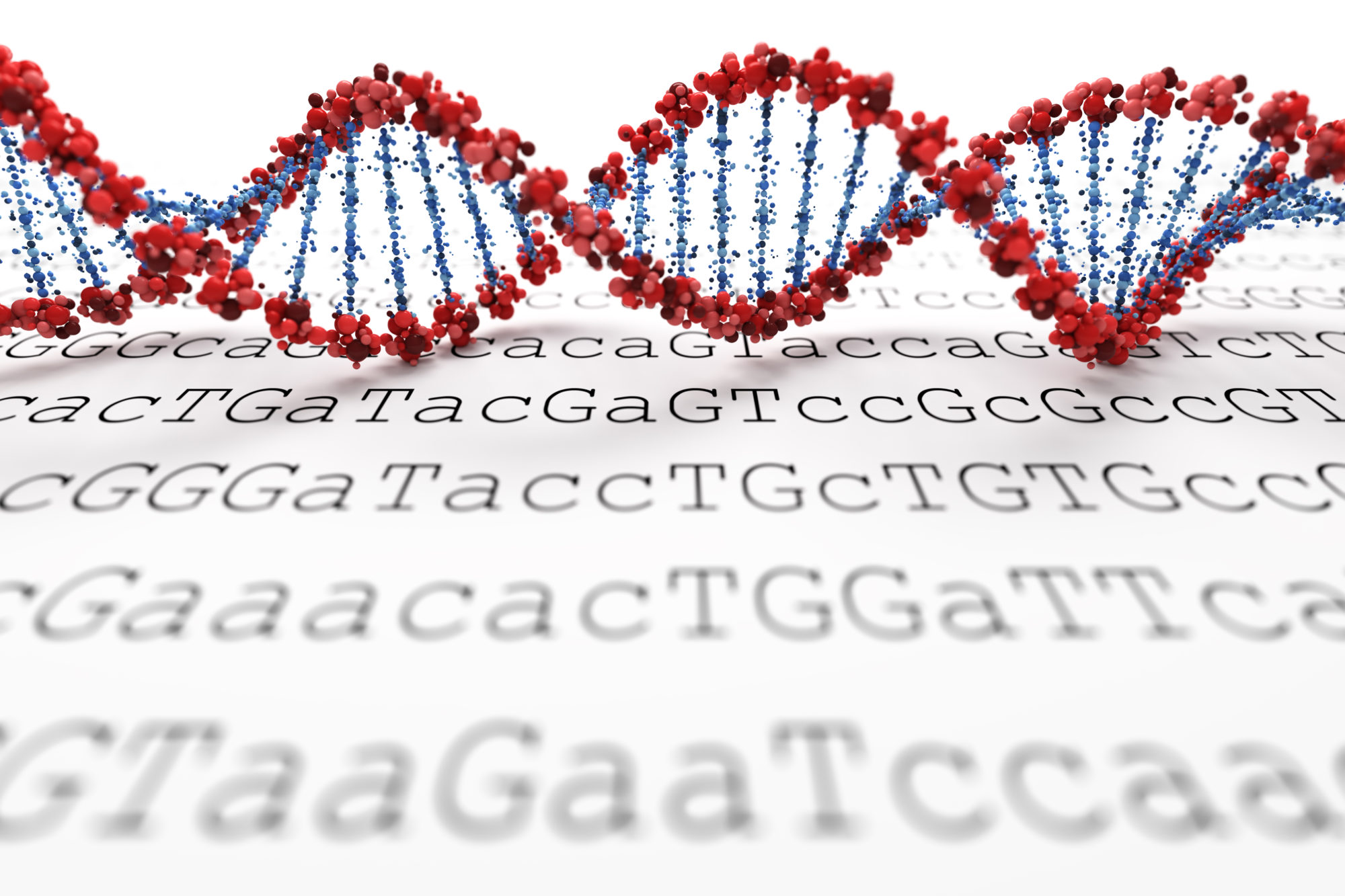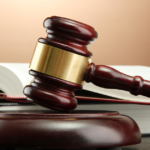Beyond a reasonable doubt. That standard of proof is foundational to a fair trial and conviction in our criminal justice system. Unfortunately, determining a defendant’s gang involvement has often not required that same high standard of proof. Harsher sentencing has been the result, with gang enhancement charges handed down and often based on subjective factors such as friendships and associations.
Fortunately, AB 333 addresses this disparity by making some important changes to what constitutes gang involvement and the crimes that are affiliated, as well as the way in which allegations are charged. If you or a loved one has been arrested and charged with a gang enhancement charge, your case is likely to have a much better outcome than it would have in the very recent past.
THE ORIGINAL GANG ENHANCEMENT LAW: THE CALIFORNIA STREET TERRORISM ENFORCEMENT & PREVENTION (STEP) ACT
Historically a wobbler, the STEP Act is the gang enhancement law. In part, it states it is illegal to “actively participate in any criminal street gang with knowledge that its members engage in, or have engaged in, a pattern of criminal gang activity, and who willfully promotes, furthers, or assists in any felonious criminal conduct by members of that gang.”
It can be charged as a misdemeanor or felony. As a misdemeanor, by itself it carries a maximum sentence of one year in county jail. As a felony, it carries a maximum sentence of three years in state prison. The most damaging part of a gang enhancement for a defendant is that it can transform a minor misdemeanor into a felony, not only carrying a maximum sentence of three years but also the serious personal and professional implications of being a convicted felon.
As noted in Section 2(g) of AB 333, the original law’s purpose was to enact harsher punishments to target the crimes committed by criminal street gangs. The expectation was that the prosecution would not be able to prove the offense was gang-related “except in the most egregious cases where a pattern of criminal gang activity was clearly shown.”
Although its intentions were to reduce crimes, AB 333 author Senator Sydney K. Kamlager from Los Angeles wrote that lax standards of the evolving STEP Act — expanded through legislative amendments and court rulings — were not having the intended effect.
Section 2(g) of AB 333 further cites findings from a study by a 1992 Los Angeles District Attorney’s office called “Gangs, Crime and Violence in Los Angeles: Findings and Proposals from the District Attorney’s Office.” The study determined that despite STEP Act enhancements being used frequently, “there is no empirical evidence indicating that they are effective in reducing gang crime. In fact, scholars have suggested that heavy-handed gang suppression tactics may be counterproductive.”
Kamlager’s biggest concerns about the STEP Act, though, concerned what she classified as vague definitions, weak standards of proof, and a racially discriminatory outcome, citing that 92% of those charged with gang enhancements in California are people of color. She further states in a recent press release that she wrote AB 333 to ensure due process for everyone, regardless of their cultural identity, who they know, or where they live.
“AB 333 just asks for the charges to be proven when they’re levied against someone. Right now, our system allows a shaved head, tattoos, or even the color of your grandma’s house as reasons to be charged with a gang enhancement. That’s antithetical to how our judicial process should operate and I am glad we are one step closer to a fix,” she said.
CHANGES TO THE STEP ACT FROM AB 333 (AKA THE STEP FORWARD ACT OF 2021)
AB 333 makes several important changes to the law, including: redefining a “pattern of criminal gang activity;” updating the definition of “criminal street gang;” reducing the list of crimes eligible for gang enhancement charges; not allowing the current charge to serve as proof as a “pattern” of criminal gang activity; and separating a gang enhancement charge from the underlying charge itself. Let us go through each of these items individually.
- Redefining a “pattern of criminal gang activity.” The crimes committed must have “commonly benefited” a criminal street gang and that benefit must be more than reputational. Committing (or attempting to commit) two or more of the following crimes within a specified time period can establish this pattern. These crimes include:
-
-
- Assault with a deadly weapon or by means of force likely to produce great bodily injury; robbery; homicide or manslaughter; the sale, possession for sale, transportation, manufacture, offer for sale, or offer to manufacture a controlled substance; shooting at an inhabited dwelling or occupied motor vehicle; discharging or permitting the discharge of a firearm from a motor vehicle; arson; intimidation of witnesses and victims; grand theft; grand theft of any firearm, vehicle, trailer, or vessel; burglary; rape; money laundering; kidnapping; mayhem; aggravated mayhem; torture; felony extortion; carjacking; the sale, delivery, or transfer of a firearm; possession of a pistol, revolver, or other firearm capable of being concealed; threats to commit crimes resulting in death or great bodily injury; theft and unlawful taking or driving of a vehicle; prohibited possession of a firearm; carrying a concealed firearm; and carrying a loaded firearm.
-
- Updating the definition of “criminal street gang”. Given a more specific definition, a “criminal street gang” is defined as “an ongoing, organized organization or group of 3 or more persons, whether formal or informal, having as one of its primary activities the commission of one or more of the enumerated criminal acts, having a common name or common identifying sign or symbol, and whose members collectively engage in, or have engaged in, a pattern of criminal gang activity.”
- Reducing the list of crimes eligible for gang enhancement charges. Removed from the list of convictions that can establish a pattern of criminal gang activity are looting, felony vandalism, and certain identity fraud violations.
- Not allowing the current charge to serve as proof as a “pattern” of criminal gang activity. Simply put, the crime currently being prosecuted can no longer be used to prove the pattern of criminal gang activity.
- Separating a gang enhancement charge from the underlying charge itself. A defendant has the right to request that the underlying charge be proved first and that after a finding of guilt, the criminal gang enhancement charge be tried. This is applicable in all cases where gang evidence is not required as an element of the crime.
By hiring a skilled attorney at Proper Defense, we will work with you to learn what mitigating factors need to be presented to the court to get you the best outcome possible, including potentially getting a criminal gang enhancement charge dismissed. Our attorneys file briefs with supporting documents laying out the crucial factors that should be considered in your favor. One of our main focuses is conveying who our clients are to the court and the District Attorney through both writing and oral advocacy.
KNOW YOUR RIGHTS AND NEXT BEST STEPS WITH A PROPER DEFENSE
Enhancements are a very specialized and complex area of criminal defense law. We know that this can make the already stressful legal process even more daunting. We are here to make this process as straightforward and positive as possible. In some cases, you may even qualify for an enhancement dismissal. A proactive approach is the key to ensuring your best outcome.
For a true advocate that you can trust, in a judgment-free zone, contact Proper Defense Law Corporation today. For a FREE consultation in the Fresno area, call (559) 825-3800. You can reach us at our Beverly Hills location by calling (424) 284-4066. You can also schedule an appointment online on our Contact Us page. It gets better with Proper Defense, we promise.
In addition to this information, other resources available to you can be found by searches such as: did ab 333 pass, ab 333 california 2021, ab 333 status, ab 333 retroactive, california ab 333 kamlager, enhanced sentence criminal gang violence, enhanced sentence criminal gang activity, enhanced sentence criminal gang definition, new enhancement laws in california, gang enhancement law changes 2021, gang enhancement 2021, gang enhancement law passed, gang enhancement law changes 2020 california, gang enhancement unconstitutional, gang enhancement charge, california step act history, street terrorism enforcement and prevention act, street terrorism charge, 186 22d pc, street terrorism meaning, pc 186 22a felony, pc 186 22b felony, 186 22a pc california, what are the legal and social ramifications of having someone registered in these files, step forward act of 2021, step forward act ab 333 2021, gang member database, registered gang members california, gang search, gang registration california, police gang database, or calgang database.








